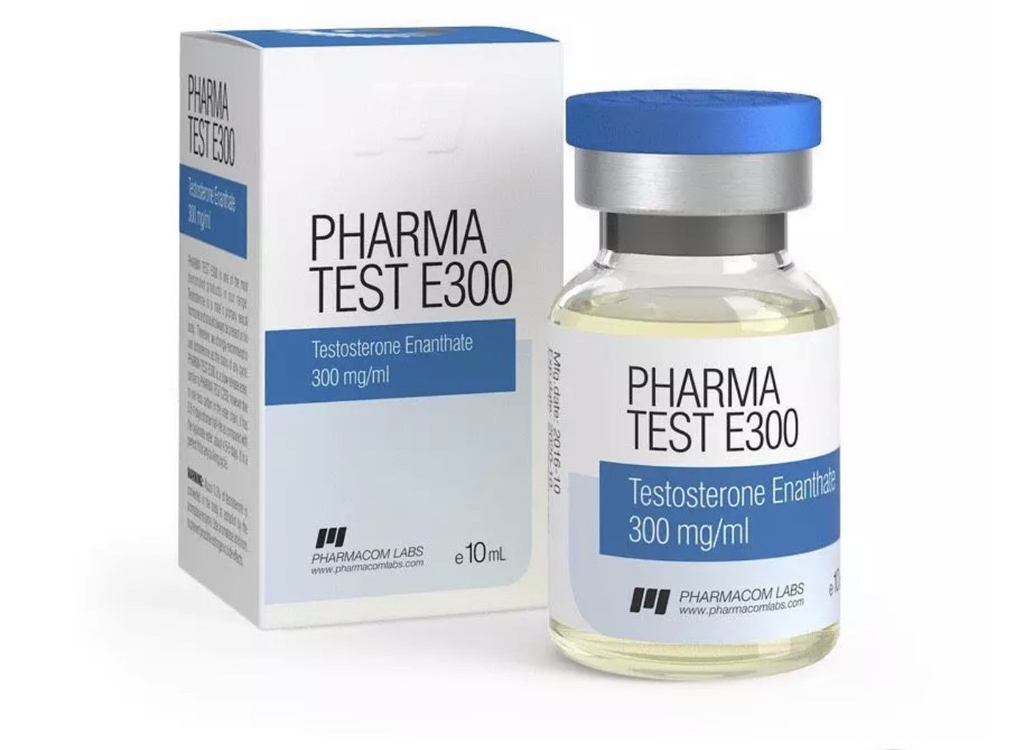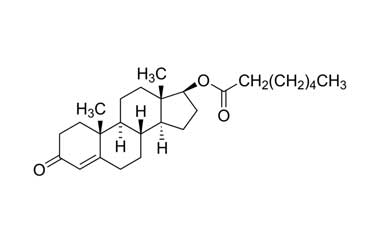Leading Factors Athletes Select Enantate for Efficiency Enhancement
Leading Factors Athletes Select Enantate for Efficiency Enhancement
Blog Article
Commitment System Insights: Rewarding Customers and Expanding Your Brand
In a progressively affordable market, the execution of loyalty systems has actually arised as a tactical essential for brands looking for to improve consumer engagement and drive growth. As we check out the details of loyalty programs, it ends up being clear that recognizing their influence can open considerable chances for brands willing to innovate.
Understanding Loyalty Programs
In the realm of customer interaction, commitment programs serve as essential devices for promoting long-term relationships between brands and their consumers. These programs are developed to incentivize repeat acquisitions and grow brand obligation with structured rewards systems (enantate). At their core, commitment programs generally supply points, price cuts, or exclusive benefits for consumer acquisitions, motivating ongoing interaction with the brand name
Recognizing the auto mechanics of commitment programs is critical for services aiming to apply efficient techniques. Successful programs are commonly tiered, allowing customers to unlock better benefits as they proceed, thus enhancing their engagement. They can vary considerably in structure, from points-based systems to subscription clubs, each tailored to details customer behaviors and preferences.
Additionally, the information gathered via loyalty programs offers vital insights into consumer preferences and buying habits. This info allows brands to personalize marketing efforts, fine-tune product offerings, and enhance overall client experience. Ultimately, an efficient commitment program not just enhances client retention but additionally aligns with more comprehensive organization objectives, guaranteeing that both the brand name and its consumers gain from the connection developed via these involvement campaigns.
Benefits of Consumer Rewards
Consumer incentives programs supply significant advantages for both companies and customers, producing a win-win scenario that enhances commitment and drives sales. For consumers, these programs give tangible benefits that incentivize repeat acquisitions. Customers value getting incentives, whether in the type of discount rates, points, or special offers, which can bring about raised complete satisfaction and a stronger psychological link to the brand.

Additionally, benefits programs permit organizations to accumulate beneficial information on consumer behavior, enabling them to customize advertising and marketing strategies and product offerings to better satisfy client demands. This individualized technique not only enhances the consumer experience yet likewise promotes a feeling of belonging and neighborhood amongst faithful customers. In general, the implementation of consumer incentives programs is a calculated financial investment that generates significant returns for both events entailed.
Creating Effective Incentives
Efficient incentives are the foundation of effective client incentives programs, directly affecting customer actions and involvement. To make efficient rewards, organizations have to first understand their target market's requirements and choices. Customizing incentives to align with client worths cultivates a feeling of connection and commitment.
Next, think about the selection of reward kinds. Financial incentives, such as discount rates or cashback, appeal to cost-conscious customers, while experiential rewards, like special events or very early accessibility to products, can attract those seeking unique experiences. Including tiered benefit frameworks urges recurring interaction, as customers are motivated to get to higher levels for better benefits.
Simplicity is also important; complicated benefit systems can bring about customer disappointment and disengagement. Clear interaction about exactly how the program jobs and the benefits of involvement is essential. Regular responses from clients can give important understandings into exactly how to enhance the reward offerings.
Measuring Program Success
Success measurement in commitment programs is essential for comprehending their influence on customer retention and total organization efficiency. Organizations needs to develop clear metrics to review the effectiveness of their loyalty initiatives. Trick efficiency signs (KPIs) such as client retention prices, regularity of purchases, and average purchase worth offer useful understandings right into client habits and program performance.
Additionally, tracking client involvement through registration prices and factor redemption patterns can disclose exactly how well the program resonates with consumers. Conducting routine surveys and comments sessions allows brands to determine client complete satisfaction and recognize locations for renovation.
Analyzing the return on investment (ROI) of loyalty programs is also vital. This involves comparing the prices of program application and upkeep against the revenue generated from dedicated clients. By segmenting data to understand the habits of different customer groups, companies can tailor their strategies to maximize efficiency.
Eventually, a thorough strategy to gauging program success not just notifies decision-making but additionally enables brands to refine their loyalty initiatives, guaranteeing they stay pertinent and helpful to both the consumer and the firm. - enantate
Study of Success
Evaluating the efficiency of commitment programs with study offers concrete examples of exactly how numerous organizations have actually efficiently executed approaches to boost customer engagement and retention. One noteworthy example find out this here is Starbucks, which revamped its loyalty program to incorporate a mobile app that permits customers to gain celebrities with every purchase. This strategy not only increased customer involvement yet also resulted in a 30% rise in benefits program membership, significantly boosting sales.

Last But Not Least, Amazon Prime exhibits just how a subscription-based commitment program can drive client retention. By supplying exclusive material, free delivery, and unique discounts, Amazon has cultivated a dedicated customer a fantastic read base, with Prime members spending significantly greater than non-members.
These study show that well-implemented loyalty programs can cause increased More about the author consumer commitment, greater spending, and inevitably, boosted brand name growth.
Conclusion
To conclude, commitment systems function as a vital device for enhancing consumer involvement and fostering brand loyalty. By executing structured incentives and tiered rewards, services can successfully motivate client engagement and complete satisfaction. The insights acquired from these programs not only inform targeted advertising methods but likewise add to increased investing and favorable brand name assumption. Ultimately, a well-designed commitment program can result in sustainable growth and a competitive benefit in the marketplace.
In the realm of customer engagement, commitment programs serve as pivotal tools for fostering lasting relationships between brand names and their customers - enantate. Eventually, an efficient commitment program not only enhances consumer retention however also aligns with wider company objectives, making certain that both the brand name and its consumers benefit from the connection developed through these involvement initiatives
Client incentives programs offer significant benefits for both customers and businesses, creating a win-win scenario that enhances loyalty and drives sales.From a company viewpoint, consumer incentives programs assist in better customer retention. Trick efficiency indications (KPIs) such as customer retention prices, regularity of purchases, and typical deal value supply beneficial insights into customer actions and program efficiency.
Report this page